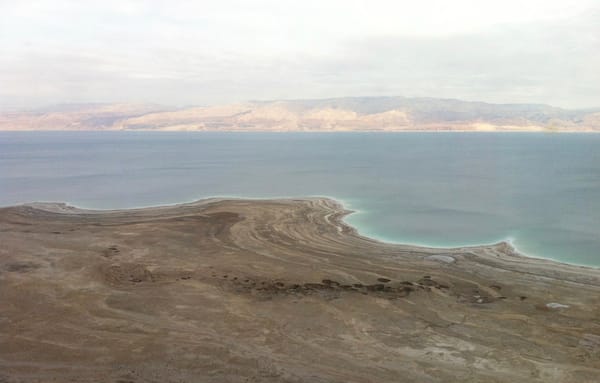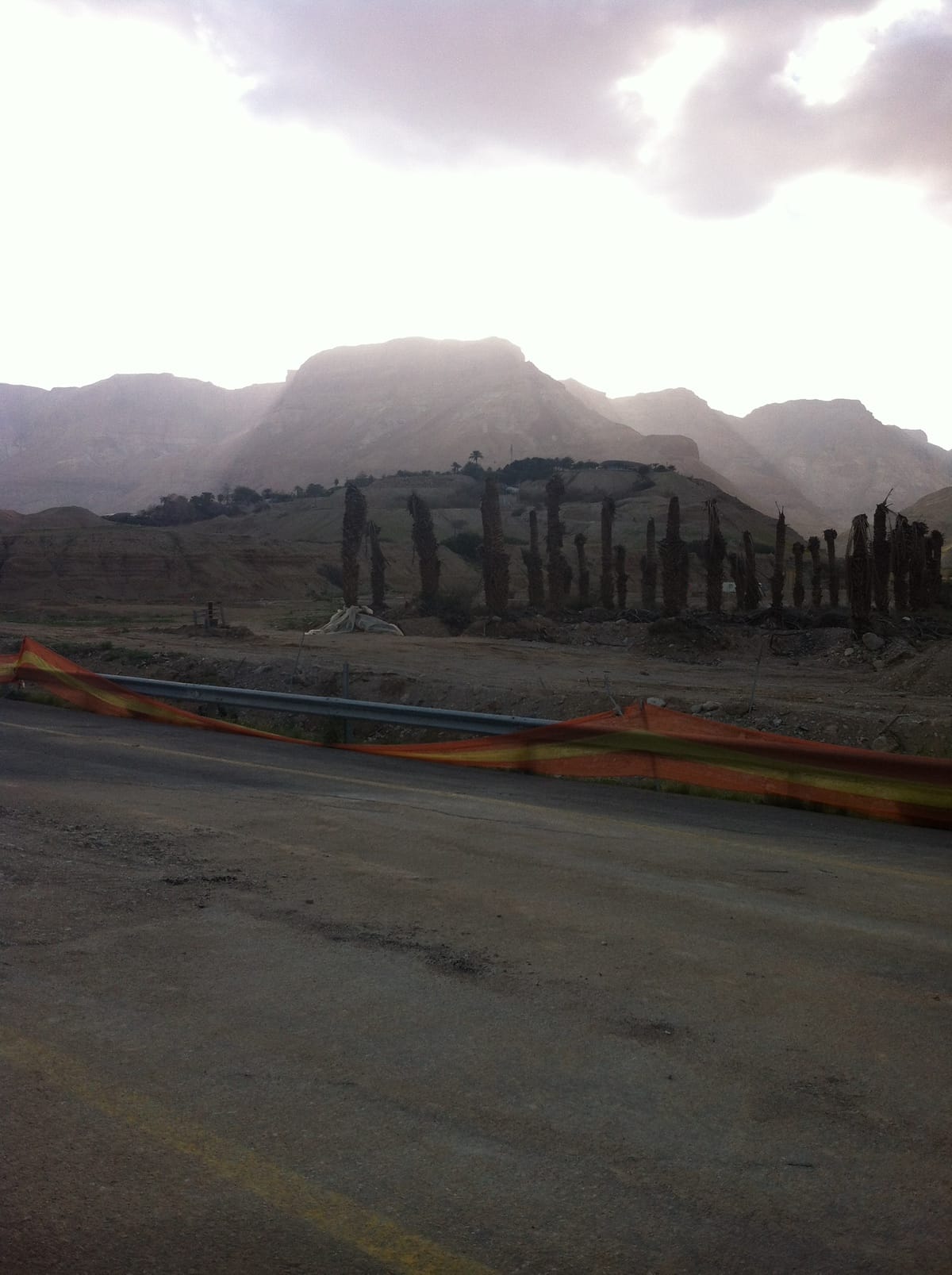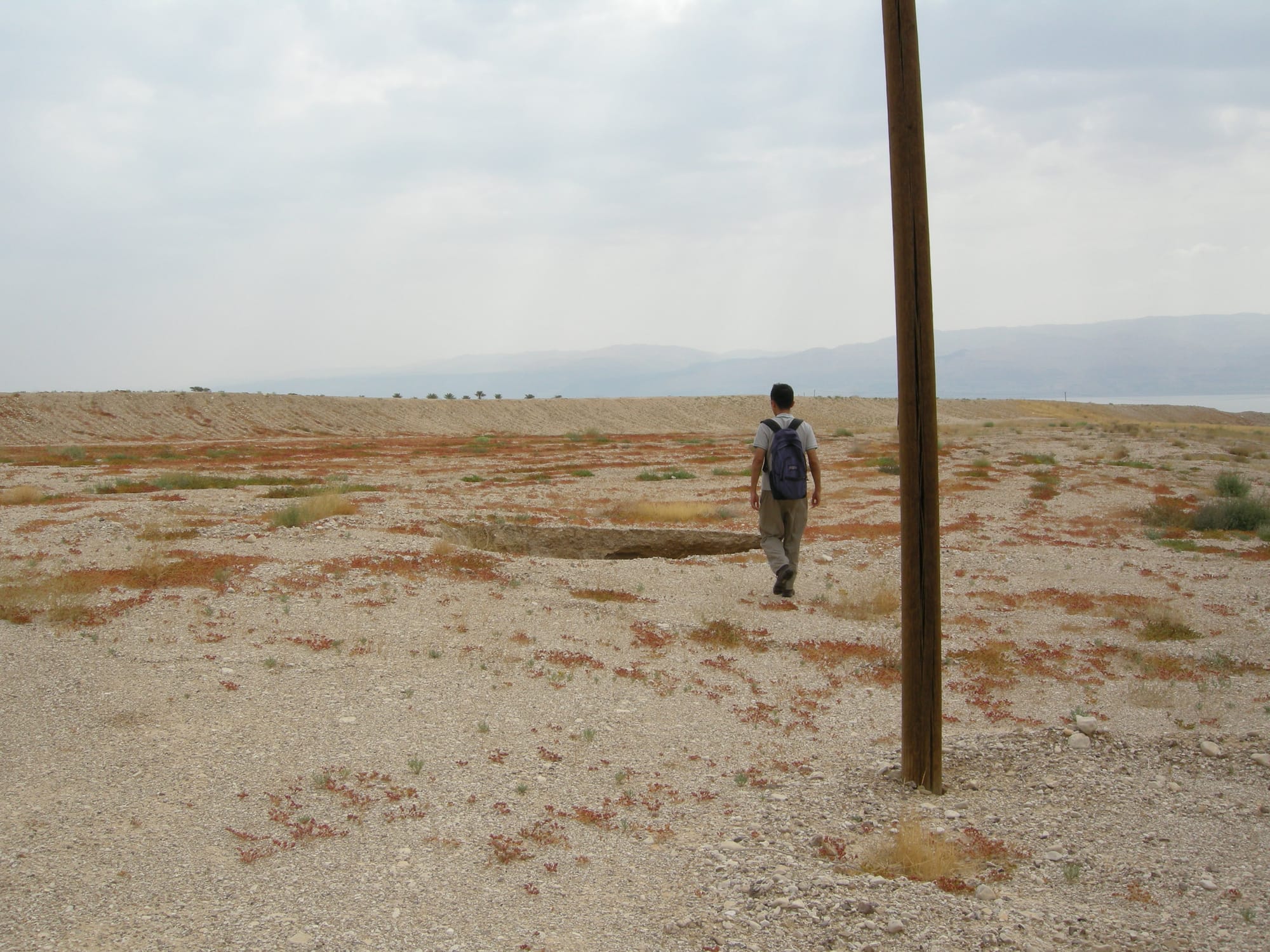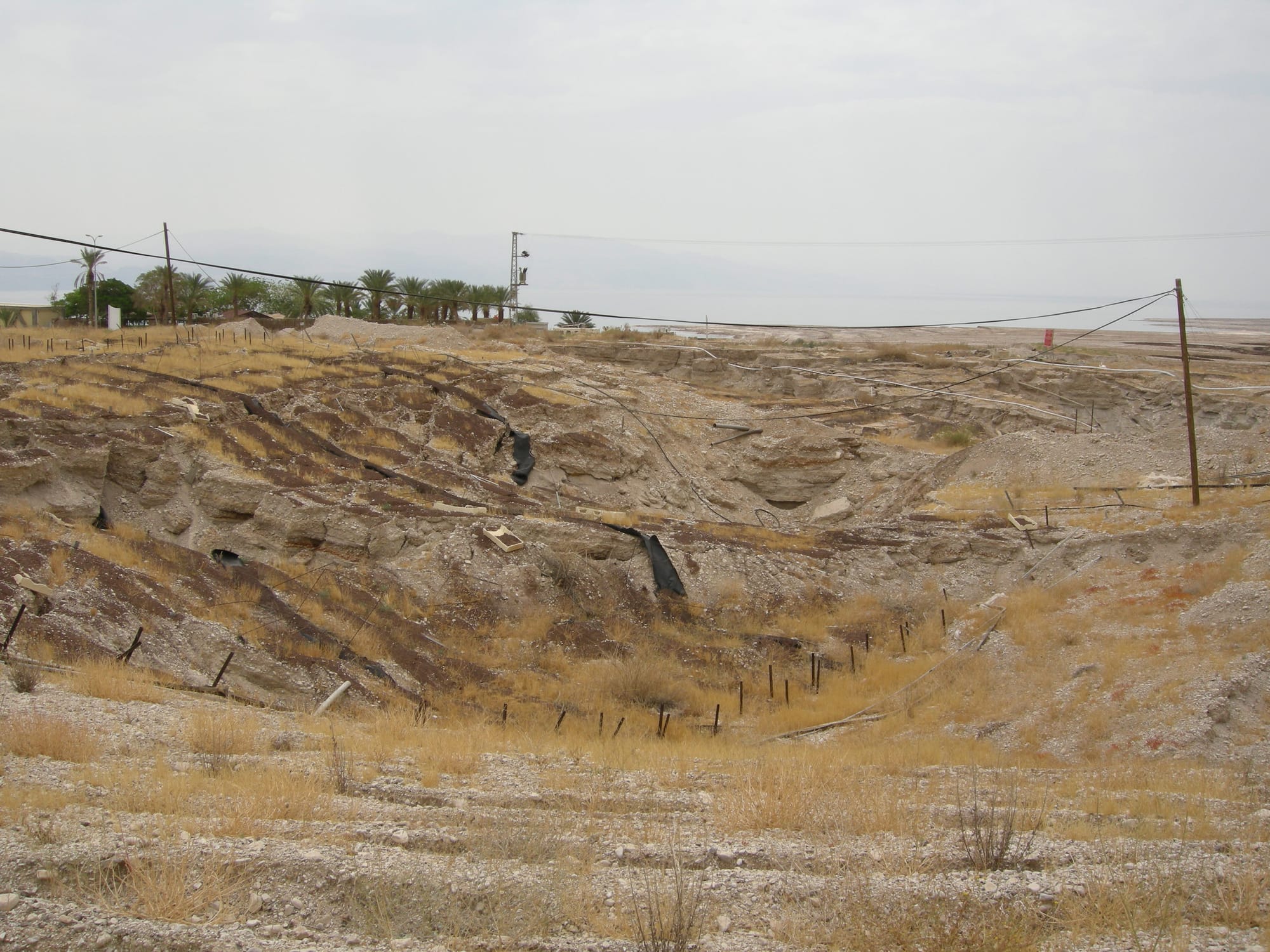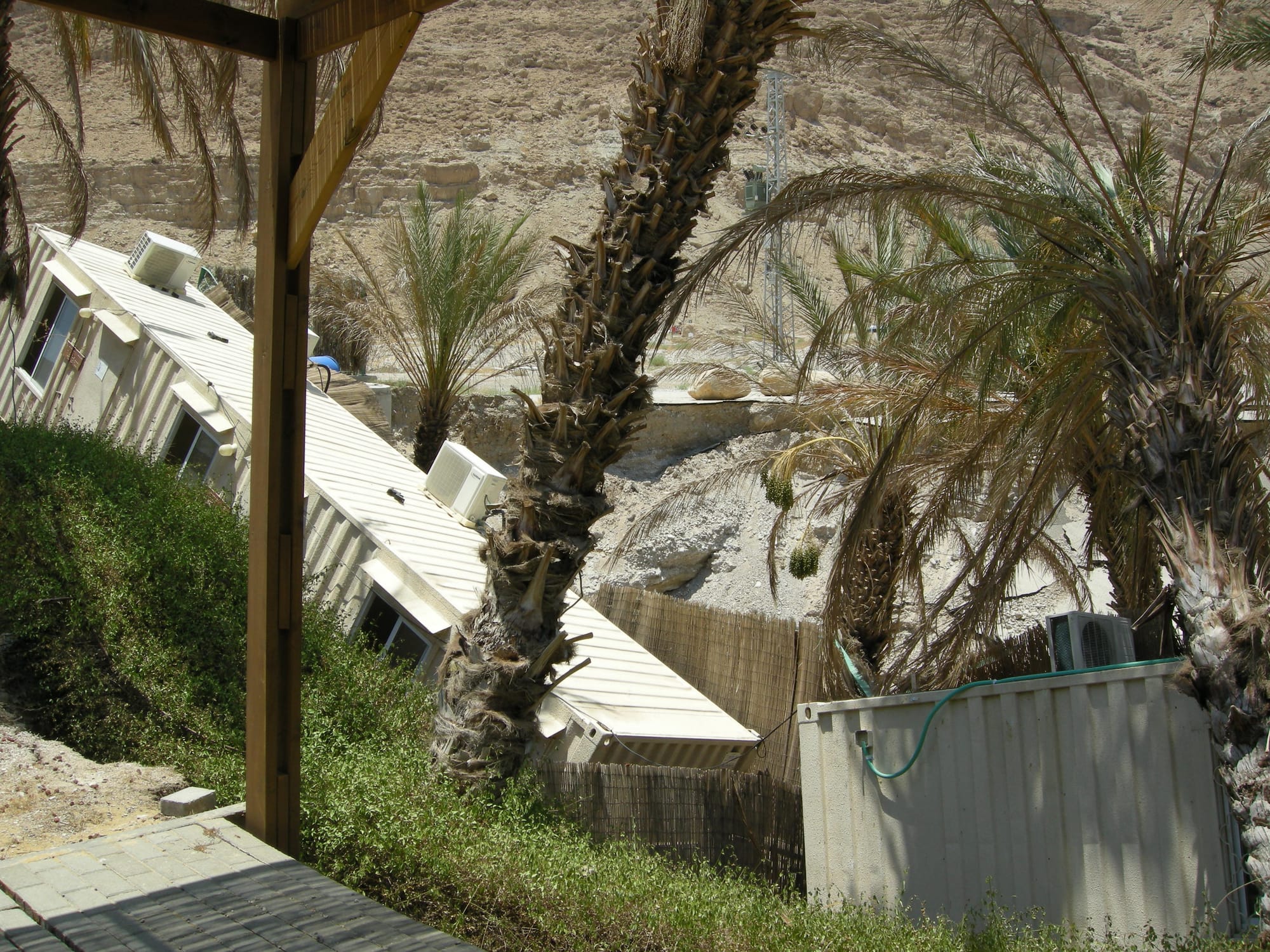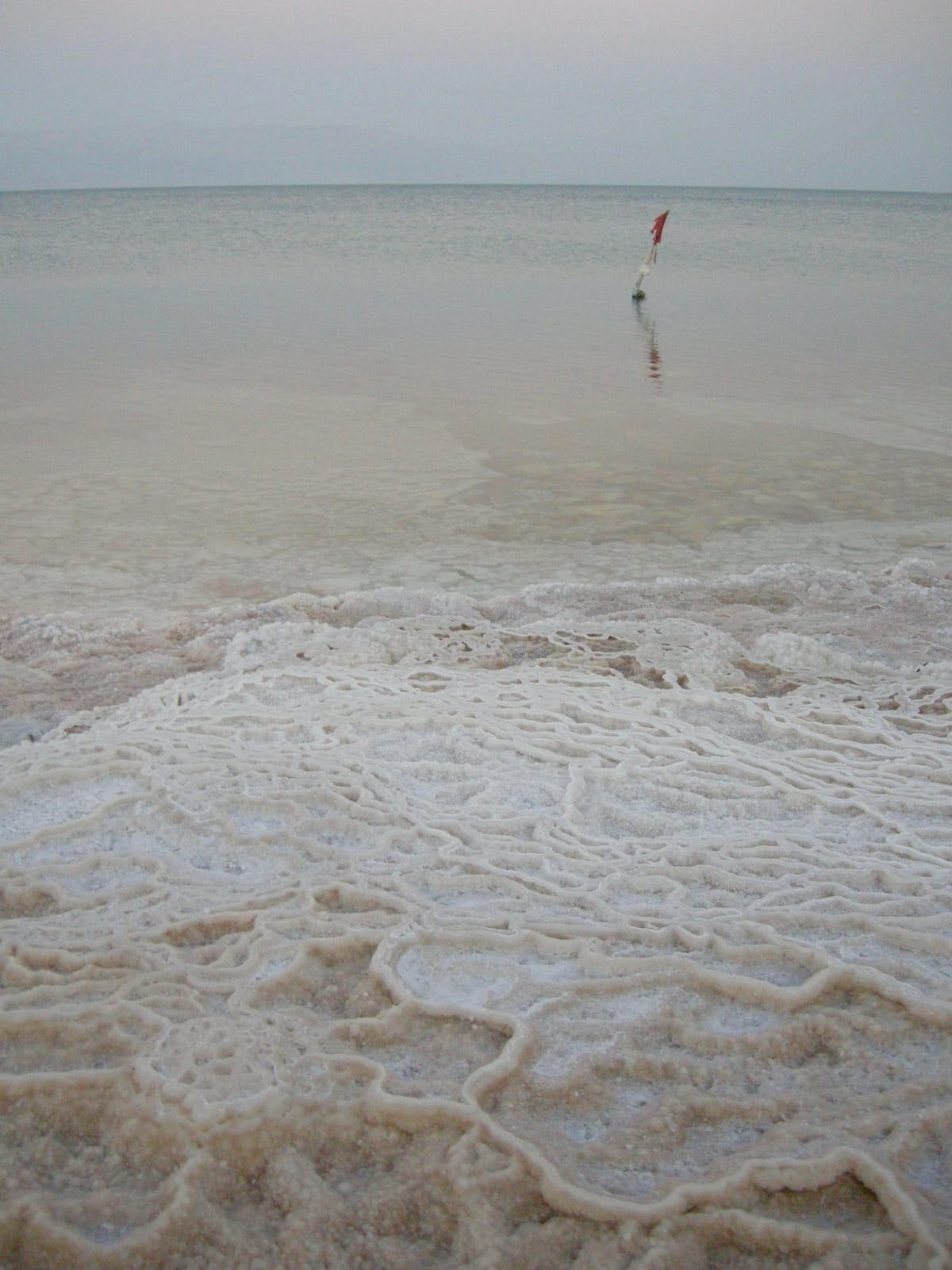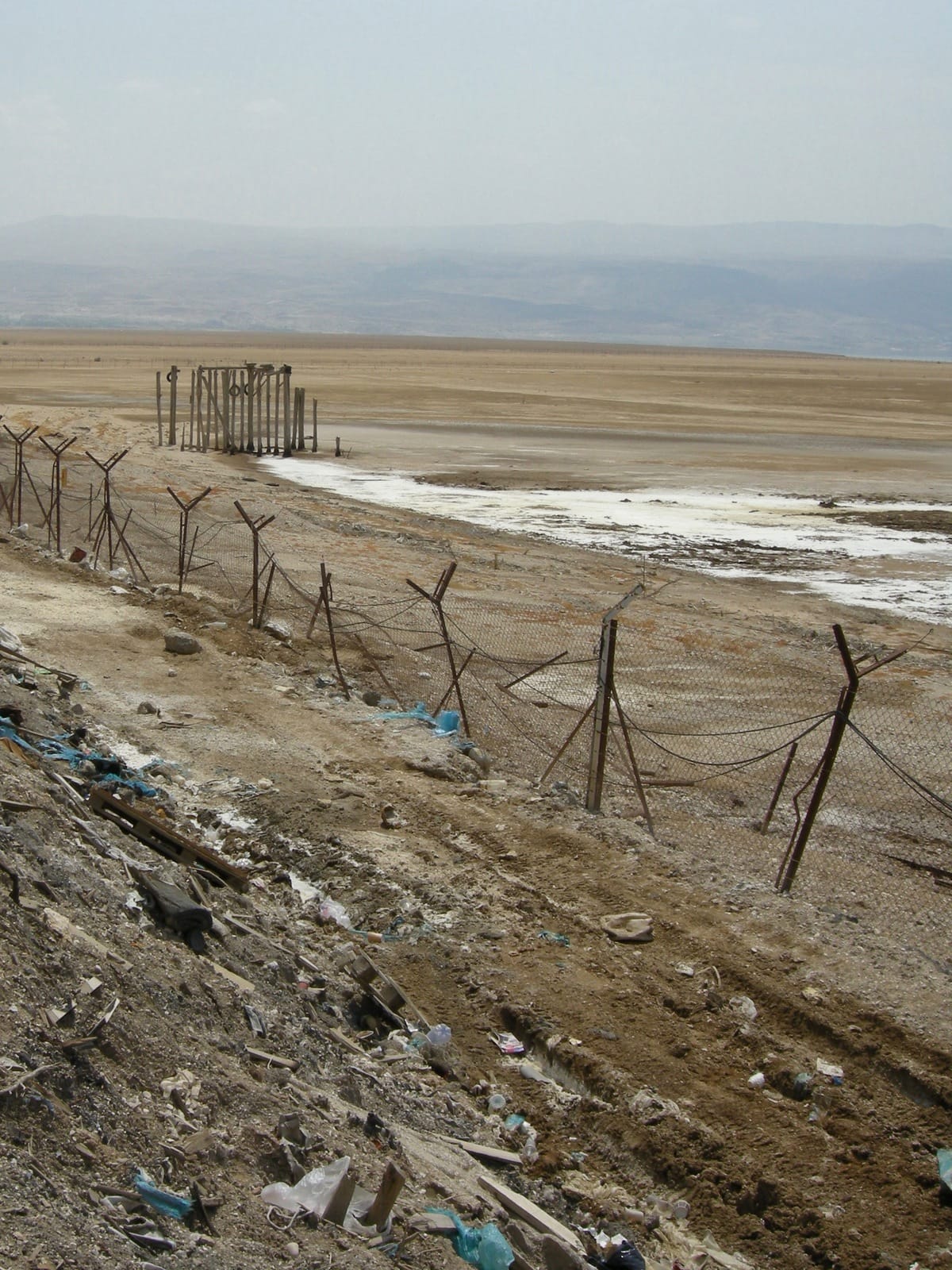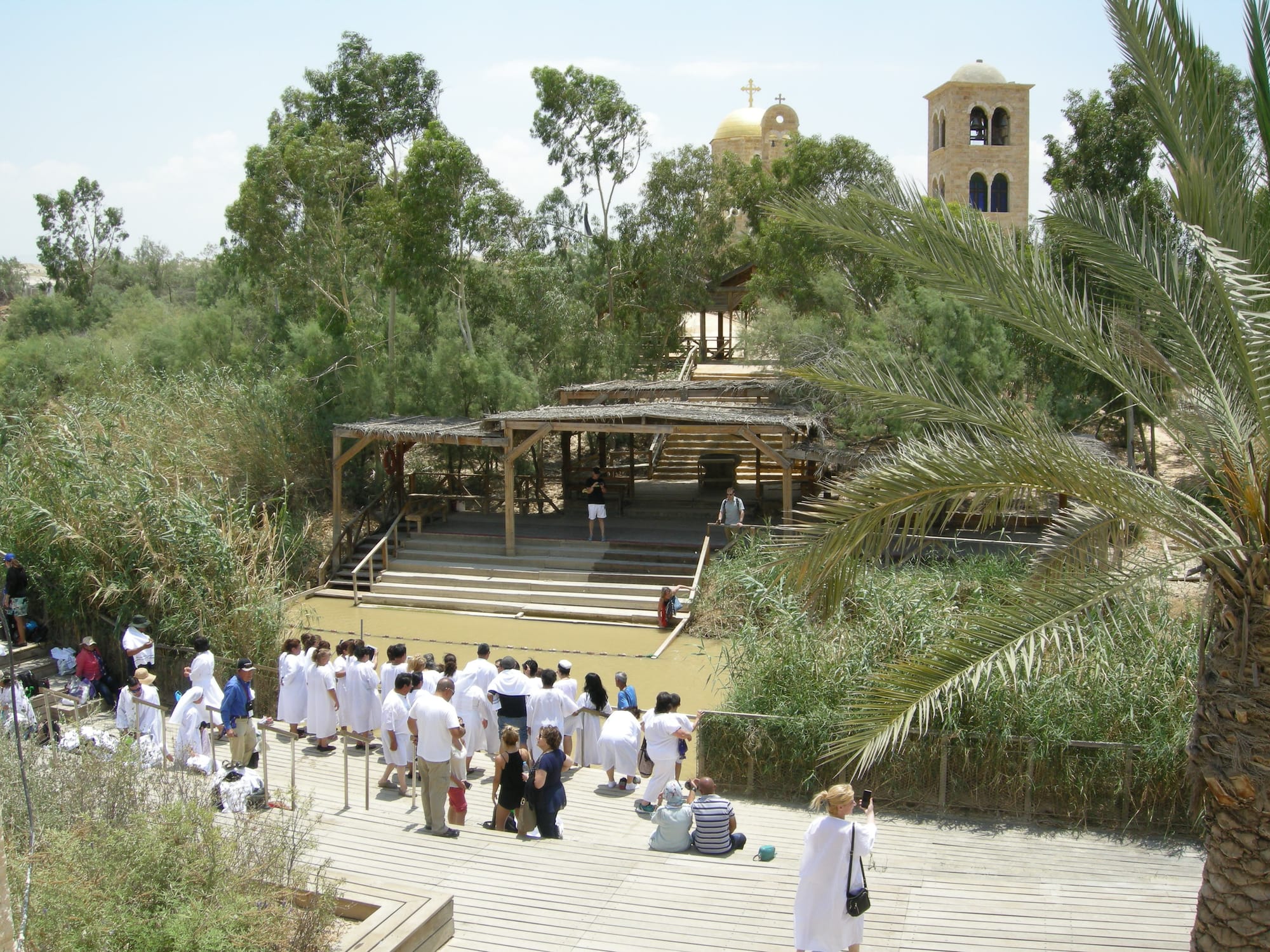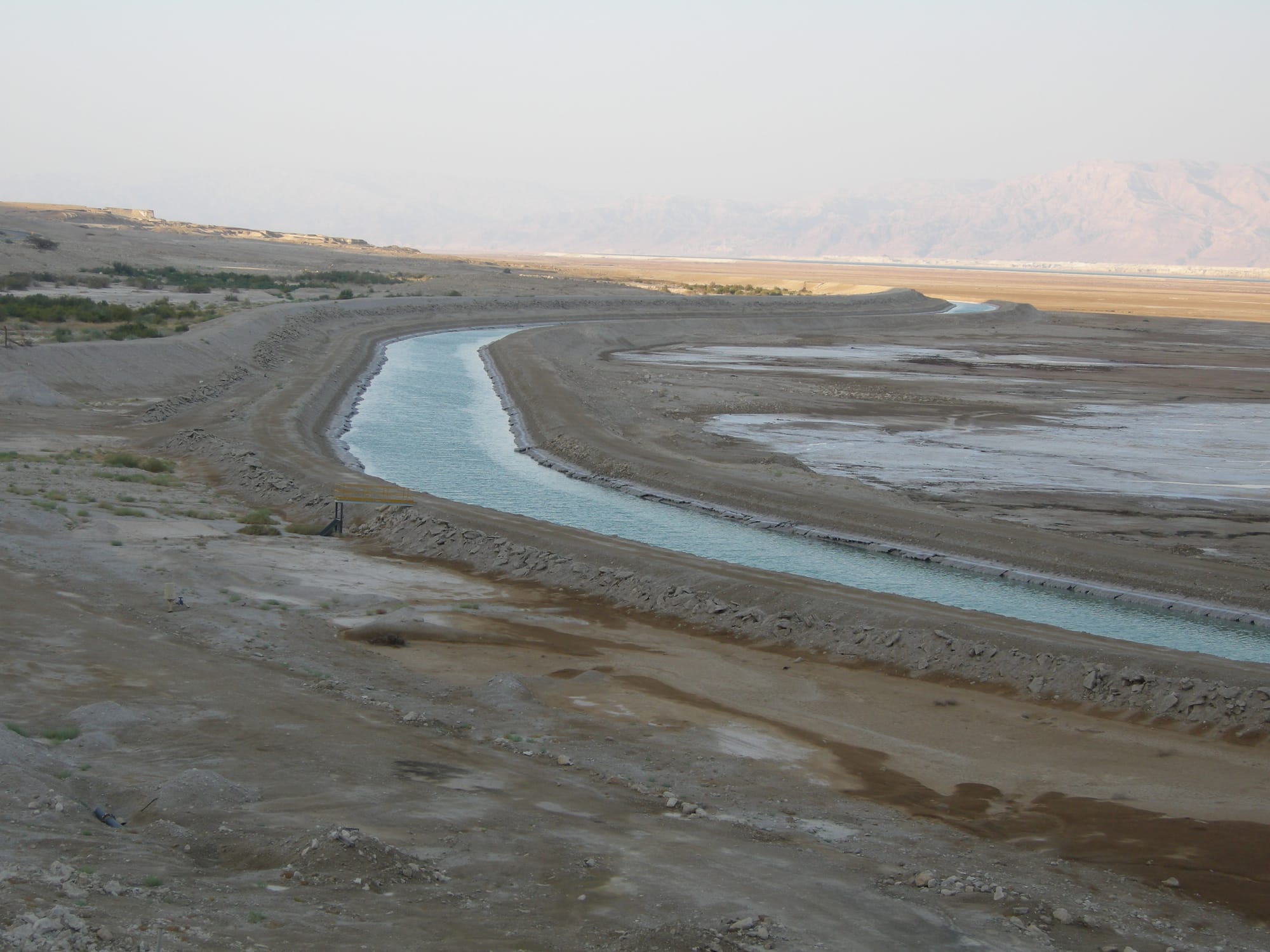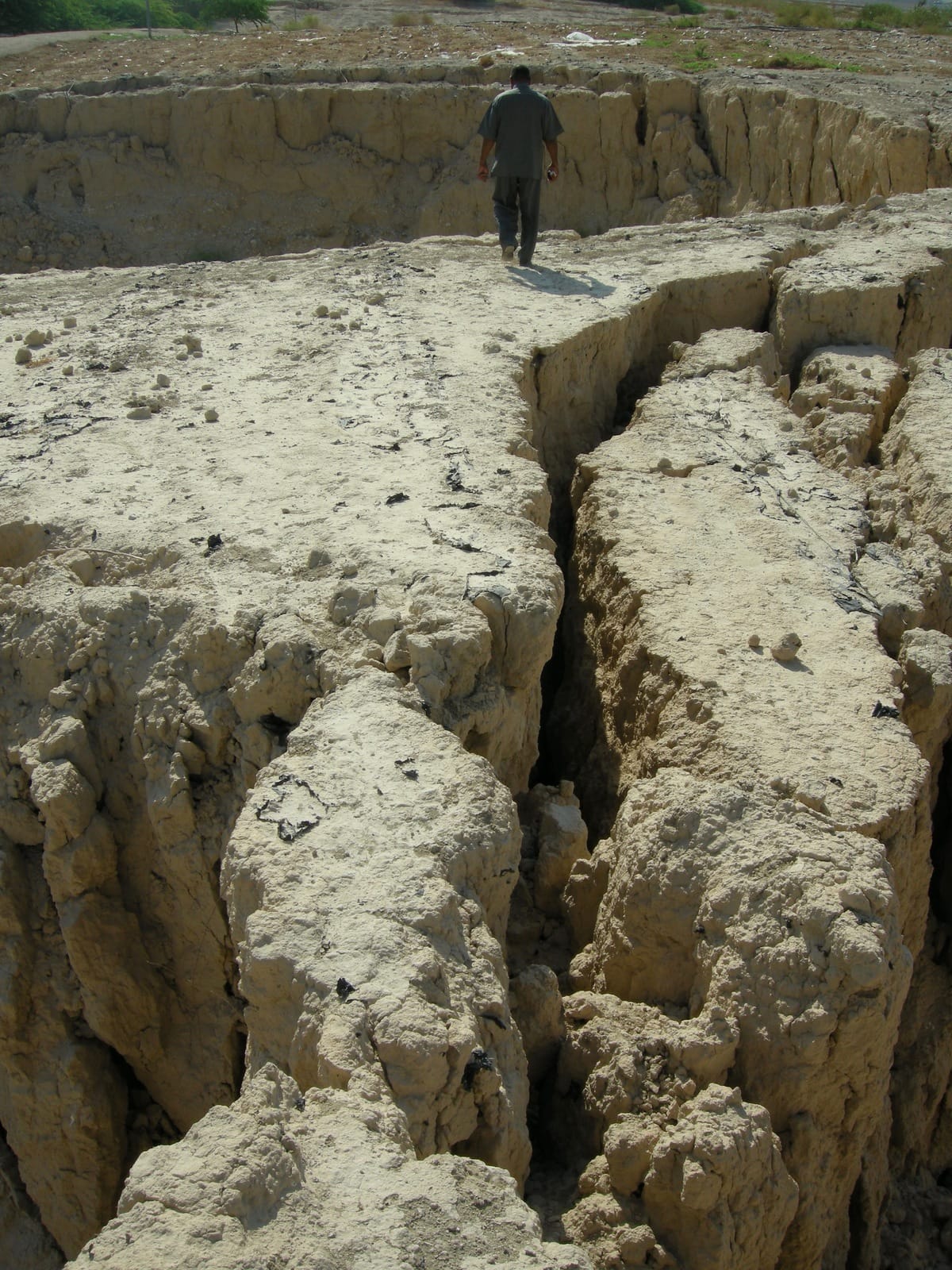Terra Infirma – Dead Sea Sinkholes – A Photo Essay
The colonial vision of terra nullius—unoccupied or empty land—is the epistemological basis of any settler colonial project. A vision of land as empty or null drives the dehumanization of indigenous communities and the violent elimination of existing land claims. A great deal of scholarly attention h
